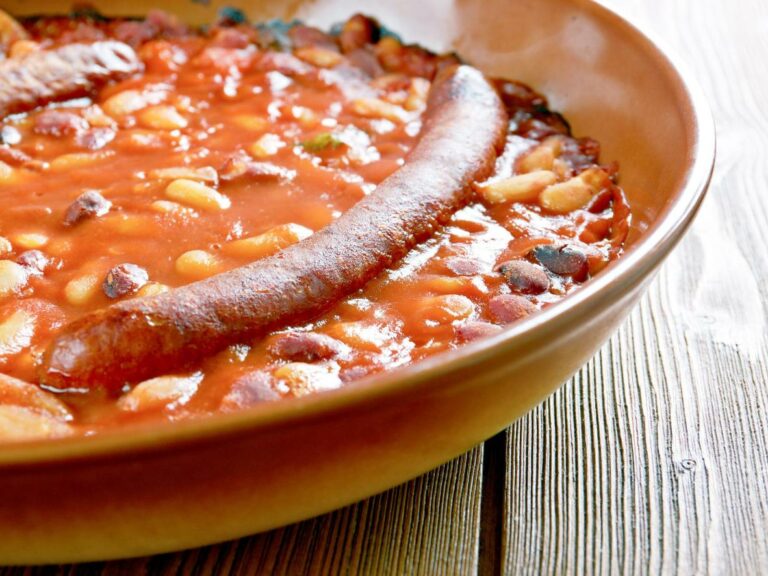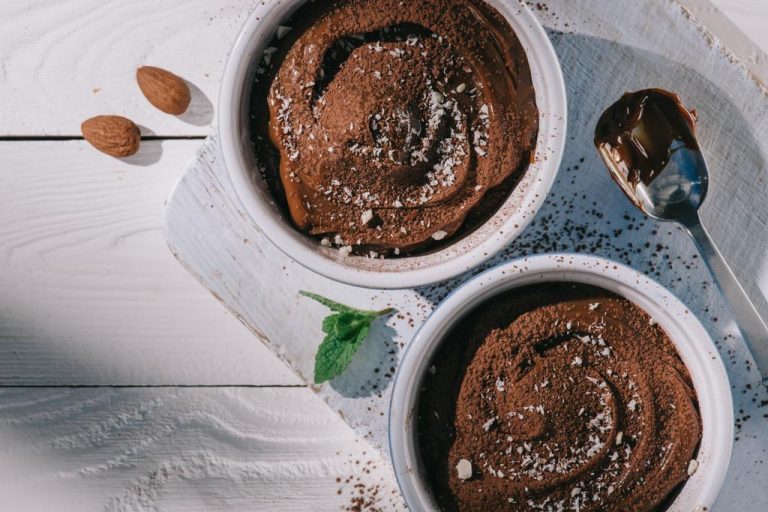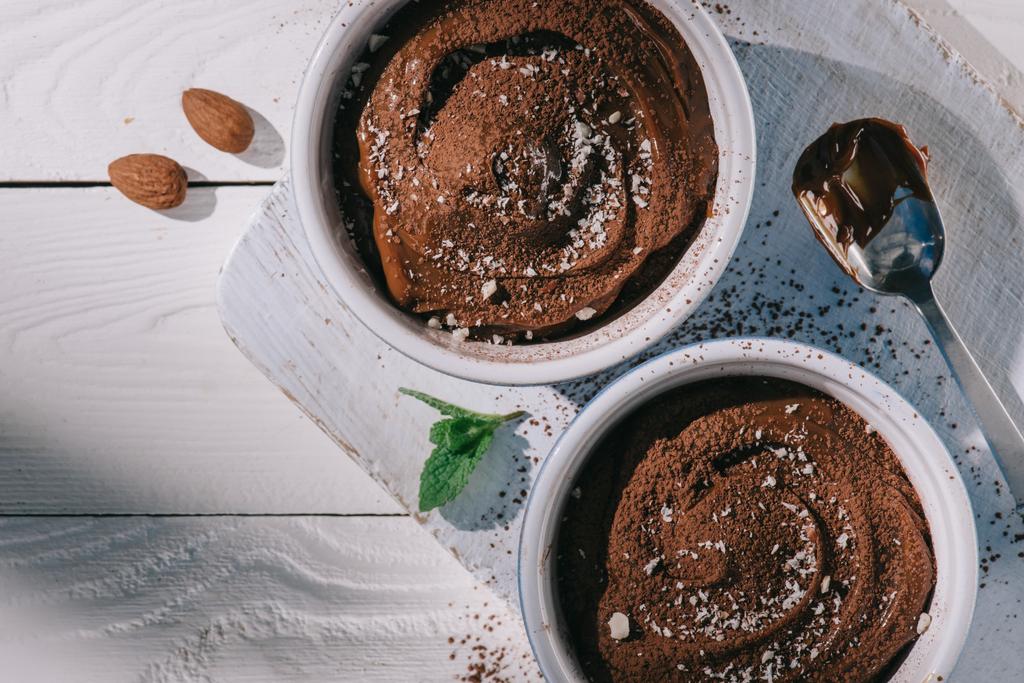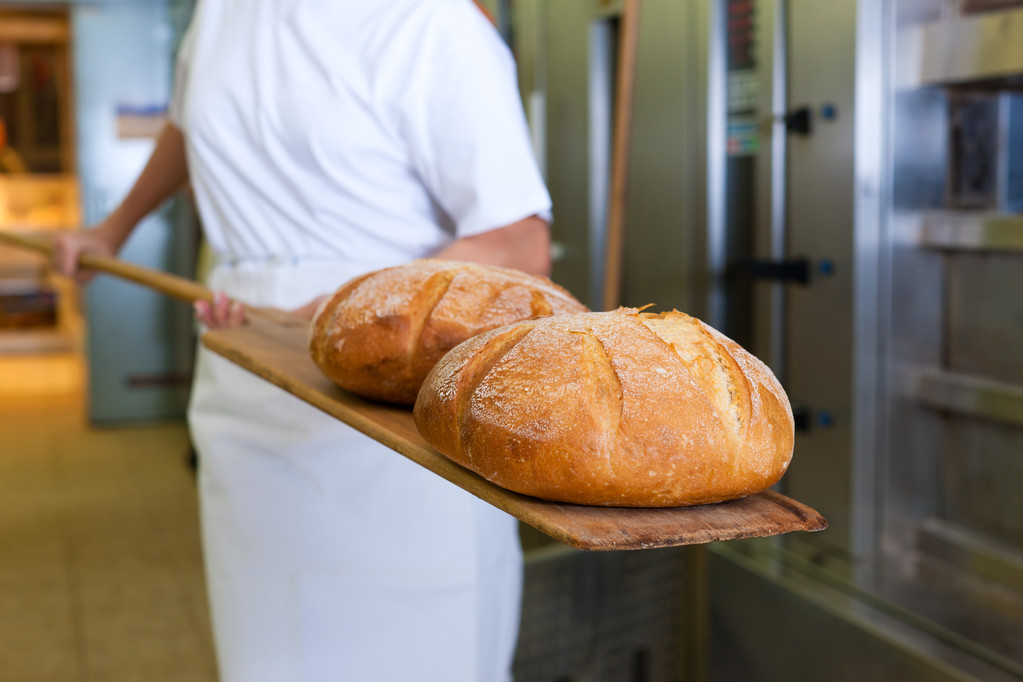Introduction: Icelandic cuisine and dairy products
Icelandic cuisine has long been associated with its unique dairy products and cheeses. The country’s isolation and harsh climate have led to a tradition of preserving food through fermentation and pickling, with dairy products playing a significant role. Dairy farming is also an essential aspect of Icelandic agriculture, and the country’s cows and sheep produce high-quality milk that is used to make a wide range of products.
Skyr: A staple dairy product in Icelandic cuisine
Skyr, a thick, creamy, and tangy dairy product, is perhaps the most famous Icelandic food export. Made from strained skim milk, it is a staple in Icelandic cuisine and has been enjoyed for over a thousand years. Skyr is high in protein, low in fat, and makes an excellent ingredient in both sweet and savory dishes. In Iceland, it is often eaten as a breakfast food with berries and granola or used in savory dishes like dips and sauces.
Icelandic cheeses: Unique flavors and textures
Icelandic cheeses are lesser-known than their European counterparts, but they are becoming increasingly popular. The country’s unique flora and fauna contribute to the cheese’s distinctive flavors and textures. Some of the most popular Icelandic cheeses include Gulliostur, a soft and buttery cheese with a hint of sweetness, and Skyr-based cheeses like Hrutka and Myrdalur. These cheeses are often enjoyed on their own or used as ingredients in traditional Icelandic dishes.
Hrútspungar: A traditional Icelandic delicacy
Hrútspungar, or ram’s testicles, are a traditional Icelandic delicacy that is not for the faint of heart. The testicles are boiled, then pickled in whey, giving them a tangy flavor and a chewy texture. Hrútspungar are often served as a snack or as part of a festive meal.
Fermented milk products: Popular in Icelandic cuisine
Fermented milk products like skyr, whey, and buttermilk play a significant role in Icelandic cuisine. These products have been used for centuries as a way to preserve milk and increase its shelf life. Fermented milk is used in a variety of dishes, from soups and stews to bread and cakes.
Using Icelandic dairy in modern recipes: Ideas and inspiration
Icelandic dairy products can be used in a variety of modern recipes, adding unique flavors and textures. Skyr, for example, can be used as a substitute for Greek yogurt, cream cheese, or sour cream in many recipes. Icelandic cheeses like Gulliostur can be used in grilled cheese sandwiches or added to pasta dishes. And fermented milk products like whey can be used in smoothies or as a marinade for meats.
In conclusion, Icelandic dairy products and cheeses are unique and flavorful, making them a great addition to any cuisine. From the traditional to the modern, these products offer endless possibilities for creative cooking and culinary experimentation.



















